
If your puppy is constantly pulling and tugging on its leash, then its time you seriously considered leash training your puppy. As with all types of dog training, puppy leash training, is best carried out in a fun and pleasant atmosphere. A very common problem most dog owners face is their dog tugging and pulling on their leash. Are you one of those people where your dog is taking you for a walk and not the other way round?
Walking with a well-trained puppy on a leash can play a huge part in both you and your puppy's fitness. One needs to be realistic with regard to how long it takes to leash train their dog and not expect to accomplish this in a couple of days. When on a leash, one should never let their dog be in control, be the alpha dog, take control, and generously praise your doggie when it complies.
One of the first things to get right when leash training your puppy is its collar, too tight and your puppy will be agitated and become distracted, too loose, and your puppy may brake free. For successful leash training it's important the have the right type of collar.
Just like any dog-training tool, choke chains, when used correctly, are not inhumane. Choke chains left on dogs when not training can cause serious injury, if the chain gets cot in something while the dog is running and playing it can choke your dog. Your dog may regularly wear a flat leather collar, but when it comes to leash training it's worth looking at a choke chain.
Properly executed leash training can be an enjoyable experience for both dog owner and pup. While some dogs can get quite excited when they know it's time to go walkies, this can make the training exercise difficult, so after putting on the leash try and let your puppy settle down before you begin.
Puppies don't naturally get it when it comes to walking on a leash, but it's something they learn quite well once thought in a fun way. Teaching your dog to properly walk on a leash when it's a puppy is much easier than trying to retrain an older dog with bad leash habits. When leash training your dog, give them clearly defined boundaries by praising them madly when they do good and correct (not punish) them when they do bad.
So, reward and praise your puppy for every correct little step it takes towards your goal and soon you'll have a well behave dog on a leash. When you generously praise and reward puppies for their good behavior and play-down unwanted actions, your puppy will pickup on this. Going for enjoyable walks with your dog can be very rewarding both physical and mentally for you and your dog. Taking the time to master leash training will give you back control when walking your dog or puppy.
As with most types of dog training treats can play an important role when leash training. As your dog learns how to behave on its leash gradually reduce the amount of treats you give your dog.
Once your puppy recognizes that good behavior is well rewarded, it will be more eager to learn new things and not just leash training. Success with leash training can be measured when your dog calmly walks beside you with or without its leash.
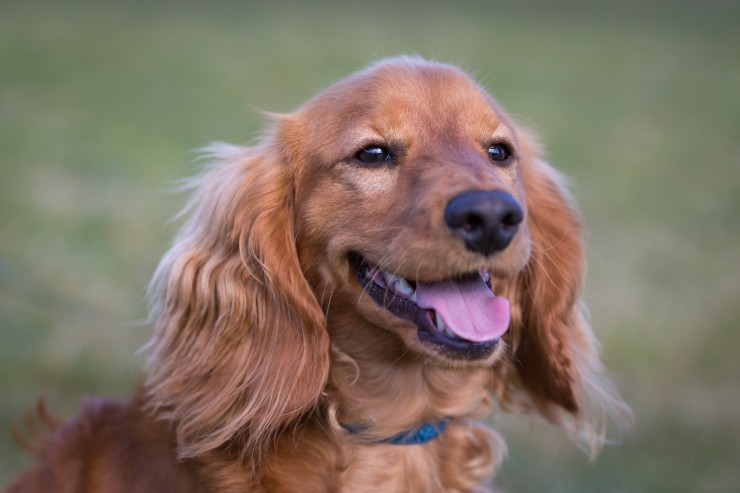 Can Dna Testing Help To Diagnose Certain Canine Diseases?
Can Dna Testing Help To Diagnose Certain Canine Diseases?
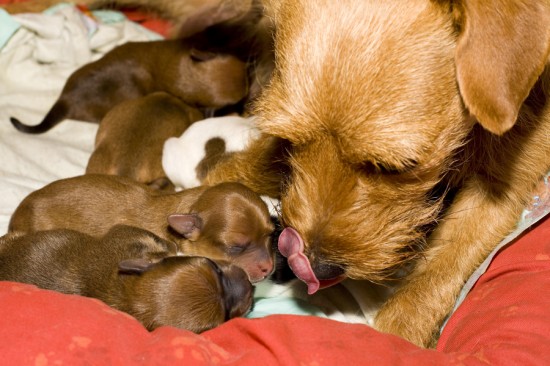 Breeding From Your Dog - The First Stages Of Labour
Breeding From Your Dog - The First Stages Of Labour
 How To Look After A Hairless Guinea Pig (skinny Pig)
How To Look After A Hairless Guinea Pig (skinny Pig)
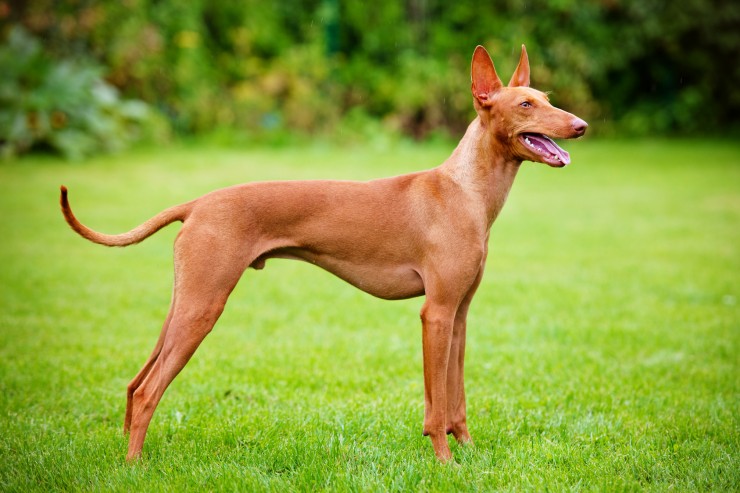 A Rare And Beautiful Hound - The Cirneco Dell’etna
A Rare And Beautiful Hound - The Cirneco Dell’etna
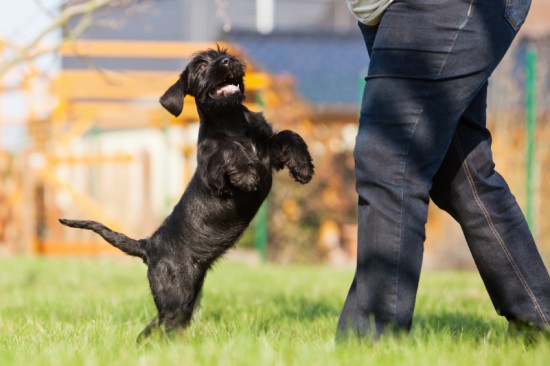 How To Stop Your Dog From Jumping Up At People
How To Stop Your Dog From Jumping Up At People
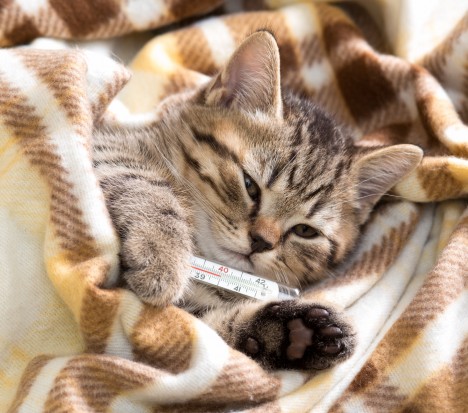 Feline Calicivirus (fcv) And How It Is Transmitted
Feline Calicivirus (fcv) And How It Is Transmitted
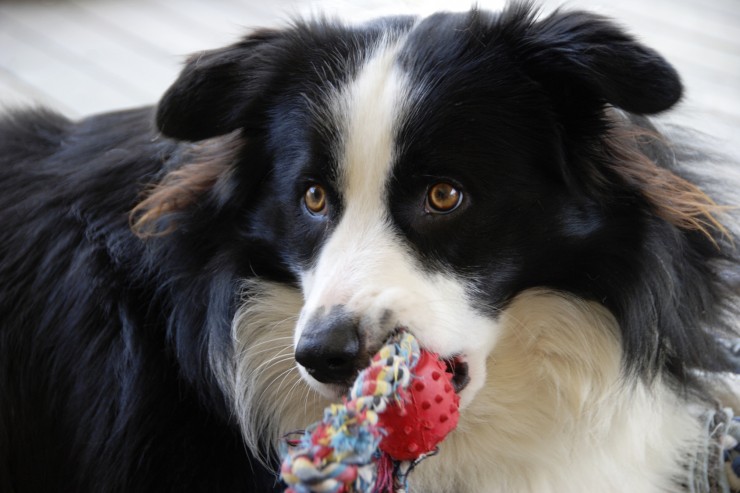 Five Universal Personality Traits Of The Border Collie
Five Universal Pe
Five Universal Personality Traits Of The Border Collie
Five Universal Pe
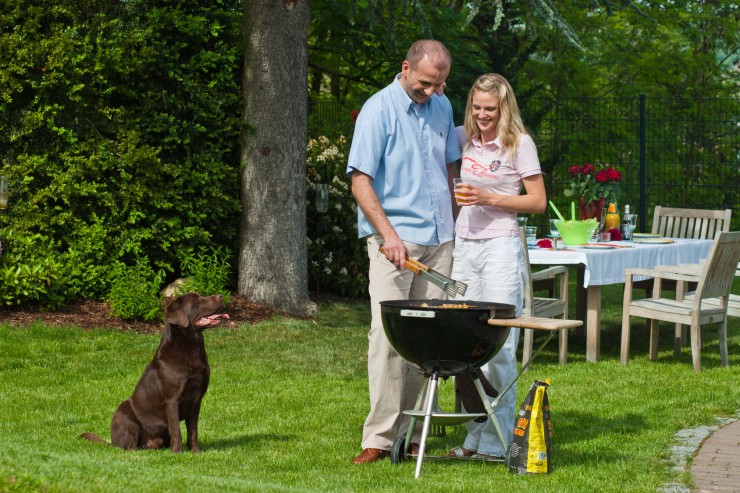 Summer Safety Tips - Your Dog And Your Barbecue
Summer Safety Tip
Summer Safety Tips - Your Dog And Your Barbecue
Summer Safety Tip
 Red-eared Slider Turtle Care
Red-eared Slider
Red-eared Slider Turtle Care
Red-eared Slider
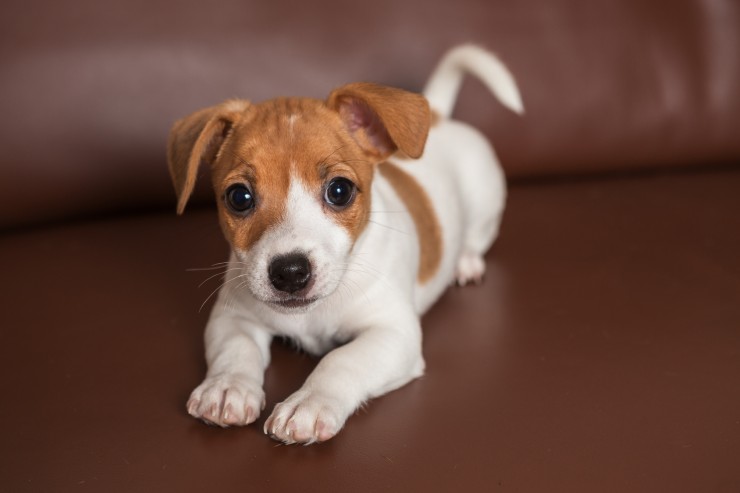 Additional Dog Care Factors To Bear In Mind If You Live In A Flat
Additional Dog Ca
Additional Dog Care Factors To Bear In Mind If You Live In A Flat
Additional Dog Ca
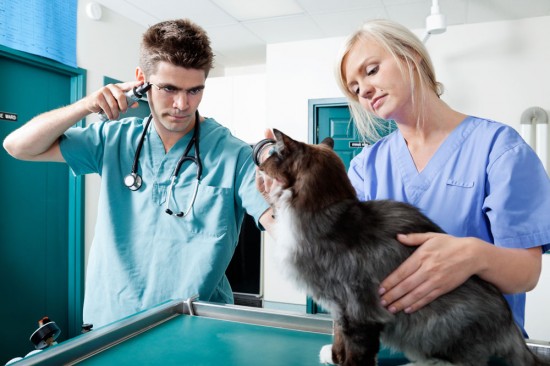 Seizures And Epilepsy In Cats
Seizures And Epil
Seizures And Epilepsy In Cats
Seizures And Epil
Copyright © 2005-2016 Pet Information All Rights Reserved
Contact us: www162date@outlook.com